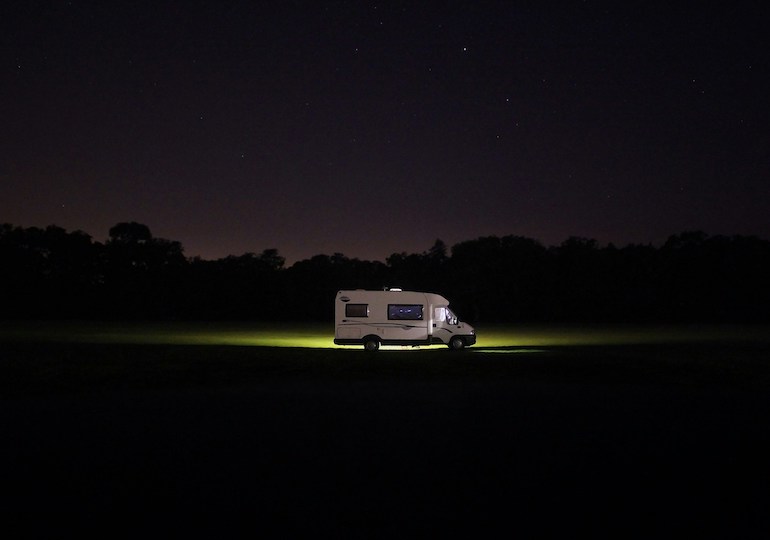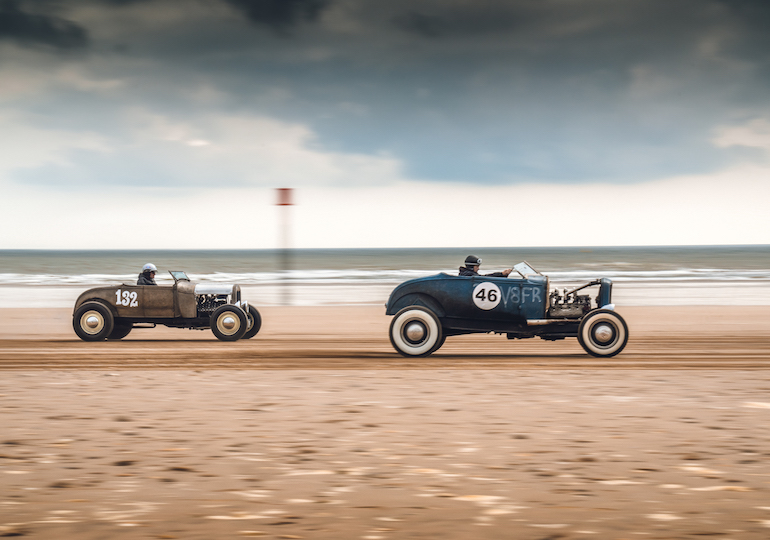by Holly Tribe
Bailey’s newest Alu-Tech range was launched at the Boat & Caravan Show 2011 and Caravan Times was there to see the Bailey Orion series first hand. Read on as we take you through some of the dynamic new designs and to watch our full video feature.
Click here to see our video review of the Bailey Orion
The range comprises of four competitively priced entry level models, ranging from two to five berths. Looking at each caravan head on there are two noticeable differences that distinguish them out from other Alu-Tech models; a one-piece picture window frames the front end and there is no front gas locker. Gas bottles are instead accessed via a hatch which sits above the axle on the nearside, so what you lose in storage you then gain in better weight distribution.
- Click here to view photos, layouts and spec details of the Bailey Orion
- Click here to read our first impressions of the Bailey Orion
As you move around each Orion model the ‘retro’ curved rear end comes into view. Bailey Caravans has been working in partnership with scientists from Bath University to improve the towing efficiency of the caravan, resulting in this striking new profile. The new curved shape helps reduce drag and improve fuel efficiency by up to ten per cent.
Three of the four models have spacious rear end washrooms, the 400/2, 430/4 and 440/4, and it is here the new curved line is most keenly felt. But despite the arch, they still contain full height walk-in showers. The triple bunk 450/5 is compact yet flexible with an L-shaped rear lounge which works well as a dedicated ‘kid’s room’.
Because there’s no front gas locker, more space has been created inside the cabin. And yet another space saving initiative has been introduced in the form of a floor mounted Whale blown air heating system – an innovation first used by lightweight rival Elddis Caravans in the Xplore 302.
Click below for a video tour of the new model range where Holly Tribe talks to Bailey’s sales director John Parker, and catches up with Jack Lewis and Molly Buckingham from Bath University who run us through the theory behind the new rear end shape.






















































